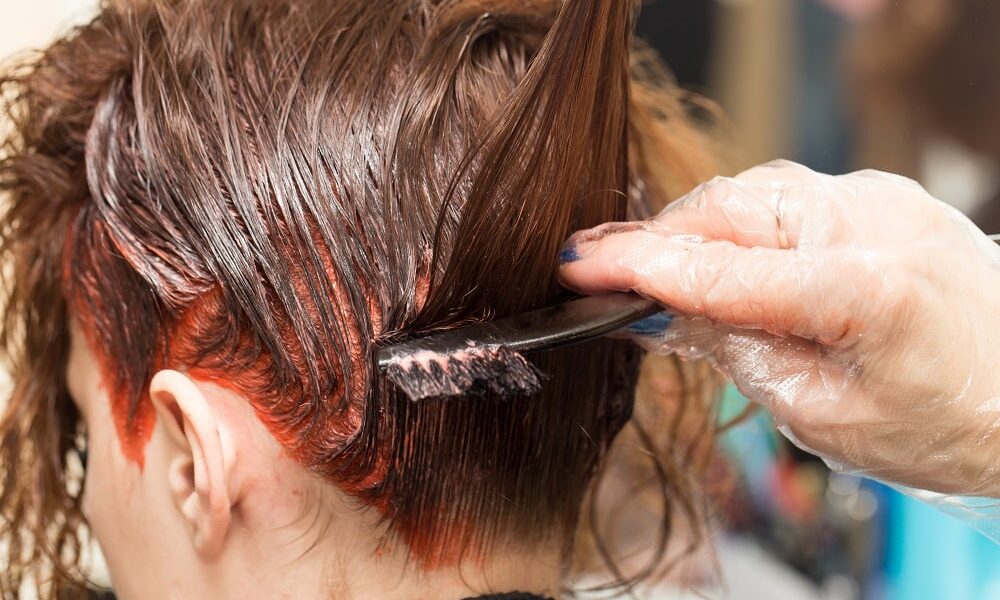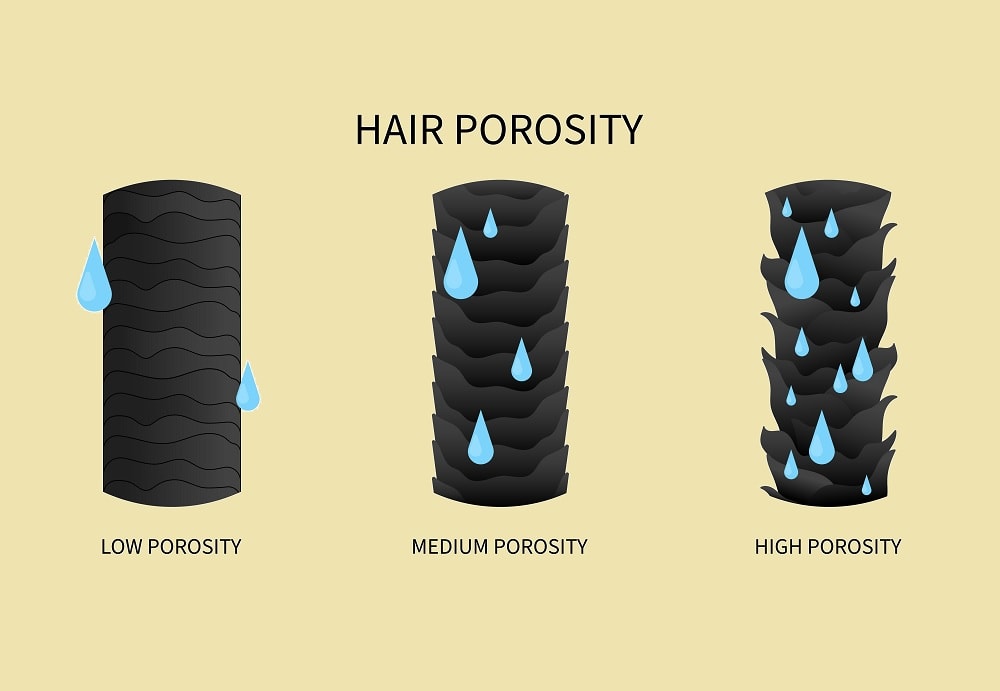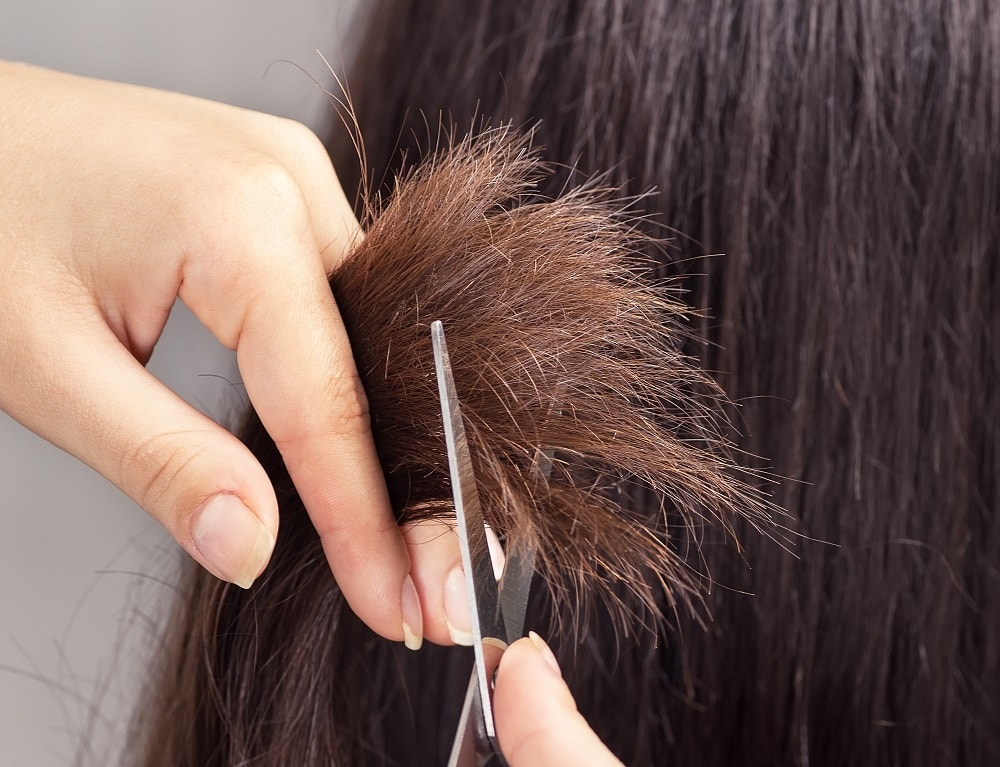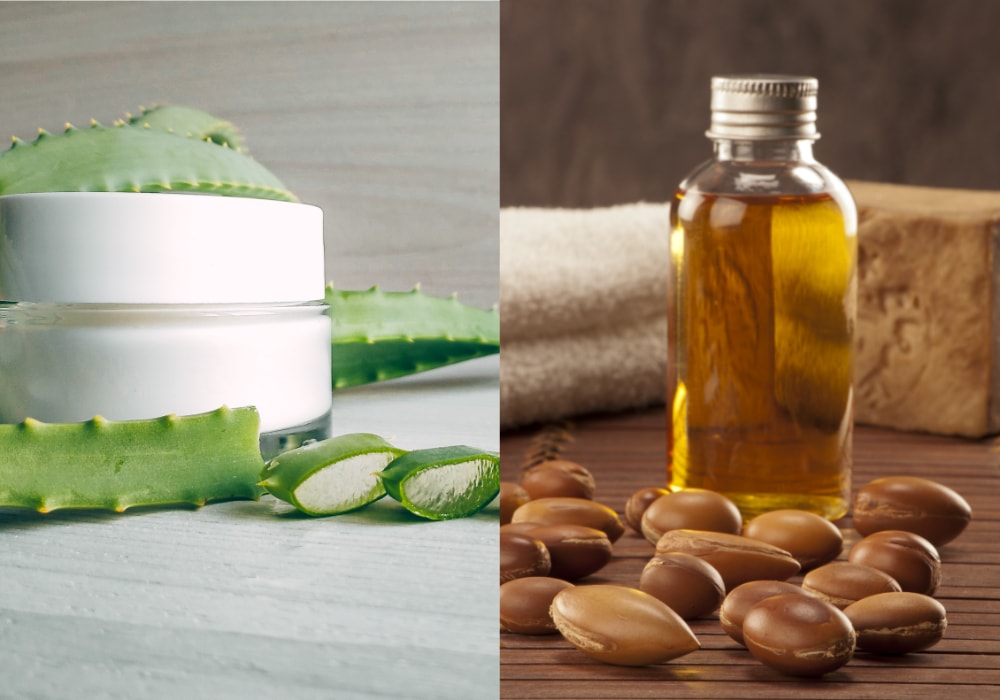
How Porosity Affects Hair Color – HairstyleCamp
Hair coloring can be a heavy and expensive process. However, is your hair color fading faster than you would like? Does it seem like you have to dye your hair at least once a month to maintain the shade you want?
Porous hair may be the culprit. Dyeing porous hair is a struggle; Depending on what type of hair you have, leaving color in for a long time can damage it even more.
So what is porous hair? Which is worse, high or low porosity? In this article you will learn about coloring porous hair and how to maintain color over time.
What is hair porosity and what does it mean?

Hair ranges from low to high porosity; Some people have naturally porous hair, while others do not. Hair porosity is defined by Some moisture Your hair absorbs. Hair absorbency relies on many factors, including texture, history, design and environmental damage.
The best level of porosity means you can immediately maintain the color you want, and it stays in your hair for extended periods without fading. High and low hair porosity determines how well your hair absorbs color and how long it stays vibrant.
Now that you know what porosity is, how do you know how porous your hair is? While there are ways you can determine how porous your hair is, we’ll get to that later. Let’s dive in Differences between low and high porosity.
High porosity hair
Porous hair It’s not just about what you did to it but your hair type. For example, high porosity hair is mostly found in FineCurly or textured hair. High porosity hair means it’s easy for color treatments and other hair products to absorb into your hair.
However, with excessively high porosity hair, you may see the color fade faster – which is why you may need to dye your hair every month.
Very porous hair may look exciting because it means your color will show right away. However, this is not good because the paint and oils penetrate too quickly, resulting in further damage.
The causes of very porous hair are:
Fortunately there are ways to fix this, as you’ll learn later.
Low porosity hair
Have you noticed that your hair is not as vibrant as your expected result when depositing color? This may indicate low porosity hair. Low porosity hair has the opposite problem of high porosity, meaning your hair cannot absorb moisture and color.
People with straight, thick or voluminous hair have a low porosity problem because these hair types are generally found to have less porosity in the outer protective layer of your hair. When coloring low porosity hair, leaving the color in for longer will help penetrate the thick strands, resulting in longer lasting color.
On the other hand, leaving color on for too long will also contribute to more damage to the hair cuticle and shaft. Fortunately there are ways to fix low porosity hair.
How to determine your hair porosity

Fortunately you don’t need to be a pro for this Determine how porous your hair is. There are three ways you can check your hair porosity; The float test, the spray bottle test and the slip test.
First, the buoyancy test requires a glass of water and a strand of hair. Drop your strand of hair in the glass of water and wait 2 to 3 minutes. Hair that remains floating means you have low porosity hair, while hair that sinks to the bottom is high. If your hair stays in the middle, you probably don’t have a hair porosity problem.
The spray bottle trick is a little easier but requires more attention. Spray some water on the ends of the hair. You have low porosity hair if the water is rolling and rolling. If the water is absorbed into your hair immediately, your hair has high porosity.
Finally, the smoothing solution: grab a few strands of dry hair, then gently slide your fingers toward the scalp. If your hair feels silky, soft or generally smooth, your hair has low porosity.
The relationship between porous hair and color treatment
Unfortunately, no matter how porous your hair is, it is already damaged. The bottom line is that if your hair is high porosity, the color will absorb fairly quickly, which means you won’t have to put color in for longer than desired, but it will fade faster.
If your hair is low porosity, you will need to leave the color in for a longer period of time, resulting in any color you end up with lasting longer.
On the plus side, knowing how porous your hair is will give you insight into how to color it and what to do beforehand.
What to do before dyeing porous hair?
So how do you dye short hair with high porosity without damaging it? Here are some things you should do before coloring your porous hair:
Talk to your stylist about using protein fillers

Protein fillers are great for your hair because they contain hydrolyzed proteins that help it deal with pores by filling in the hair cuticle. Most people swear by protein fillers because they bring their hair shape, texture, thickness and smoothness.
Using a protein filler before coloring porous hair will prevent uneven coloring and protect the hair shafts and roots from chemical damage. It is important to talk to your stylist about protein fillers for your hair because they will know which type is best for your look and tell you how to use it.
cut your hair

It is recommended to trim the hair once every three months to keep the hair growth healthy, strong and resistant to breakage and split ends. Not only will styling help your hair rebalance its porosity level, but trimming is also essential to the overall health of your hair.
if you plan dye your hairIt’s a good idea to cut first before painting, as it makes the process easy and cheap.
Wash the porous hair with a clarifying shampoo
Clarifying shampoos are deep cleansing shampoos that cut product build-up and oils, leaving your hair completely clean. A clarifying shampoo basically removes all the oils, dirt and build-up from your hair to allow your hair to breathe and absorb other products like hair dyes and nutrients.
When using a lightening shampoo, you only need to use it once in a while because it is like regular shampoo, 1000 times stronger. It is recommended to use a lightening shampoo the day before hair color treatment for the best results.
Nourish your hair

Nourishing your porous hair means providing it with substances to maintain good health and growth. Biotin and keratin products add moisture to the hair because when your hair is damaged, it has a hard time redeveloping these natural accessories.
You should look at the ingredient list when looking for hair products such as hair masks and conditioner. Look for moisturizers such as aloe vera and glycerin, and emollients such as argan oil and silicones.
Humectants are tiny molecules small enough to enter the hair shaft through the nails. What makes humectants special is how they can absorb moisture in the air to increase moisture and balance pore levels.
Emollients are usually found in beauty products but have made their way into hair products. The conditioners add a thin protective film surrounding the hair shaft and nails to retain moisture, which helps protect against environmental damage.
How to dye porous hair
final thoughts
Hair porosity has a lot to do with the final results of a color treatment. If you have high porosity, your hair will absorb all the color at once, which may leave you looking faded a week later. Contrast, Low porosity hair means you’ll have to leave color on for longer periods. Otherwise, you may see little color at all.
Dyeing porous hair doesn’t have to be complicated. First, determine how porous your hair is and go from there. If you are unsure about coloring porous hair, talk to your Hair stylist for professional guidance.